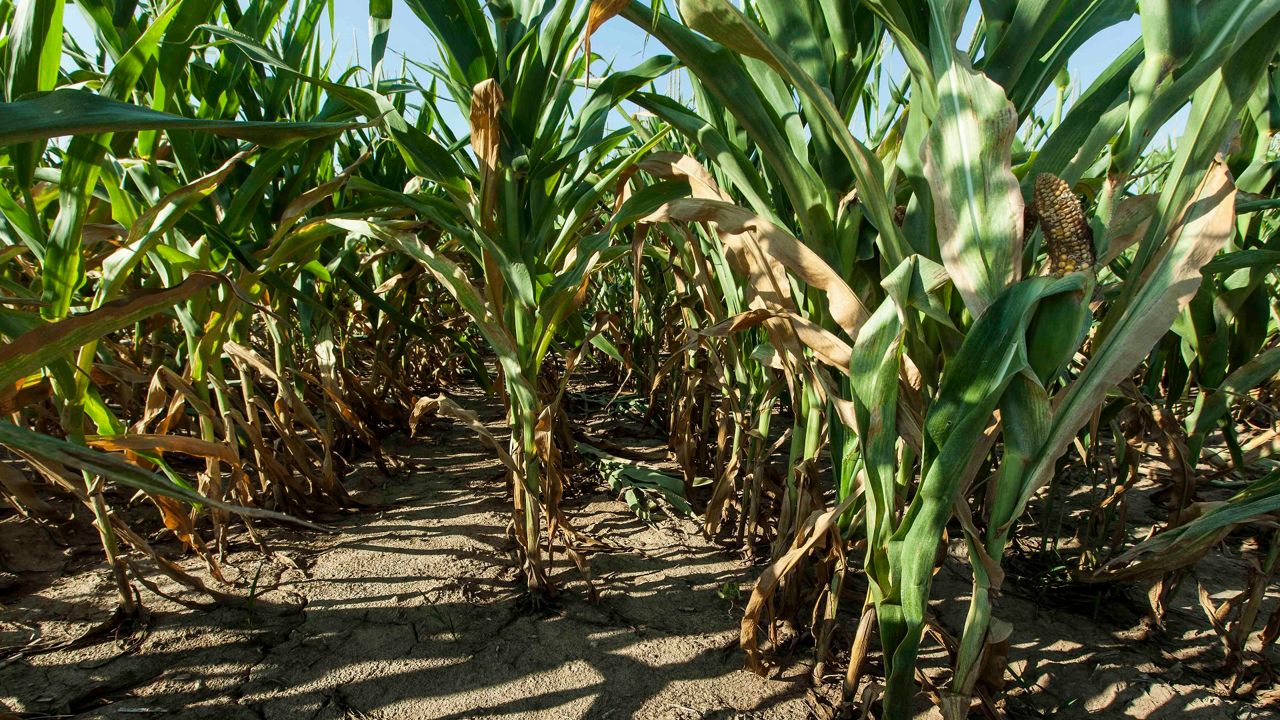COLUMBUS, Ohio — The Ohio State University said it's intensifying its efforts to help farmers as the drought worsens in the Buckeye State.
According to the U.S. Drought Monitor, several Ohio counties are between severe drought to exceptional drought, especially in southeast and central parts of the state. However, a majority of Ohio is facing worsening drought conditions heading into the fall.
The Ohio State University College of Food, Agricultural, and Environmental Sciences said its Drought Rapid Response Team is helping farmers by giving weekly reports on drought conditions and navigate the drought to get crops to grow by trying different methods.
“The drought has placed unprecedented strain on farmers, and CFAES is here to offer both immediate and long-term assistance,” said Chris Zoller, interim assistant director, agriculture and natural resources of Ohio State University Extension, in a release. “Farmers can now access federal resources through the USDA, and CFAES will continue to provide research-based guidance to help them navigate this difficult time.”
The U.S. Department of Agriculture declared disaster areas in several Ohio counties, making emergency funds available for farmers who have suffered loss because of the drought.
Jason Hartschuh, an OSU Extension field specialist in dairy management and precision livestock, said in a release that while crops are a point of concern, so are forage abilities and possible toxicity issues that could affect cattle.
“When crops like corn and sorghum experience drought conditions, nitrates can accumulate in the plant,” Hartschuh said in a release. “Due to drought stress hindering active growth, plants fail to utilize these nitrates for protein synthesis, leading to potentially toxic levels.”
To prevent some of these issues, Karhoff said farmers should consider planting overwintering cover crops, like cereal rye after fall harvest, to retain nitrogen.
For resources on how to navigate the drought in Ohio, as well as weekly updates and ongoing impacts, click here.



